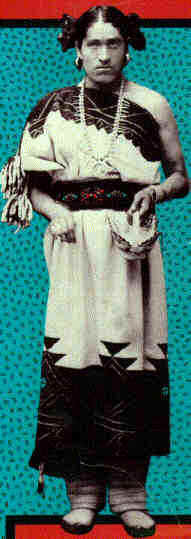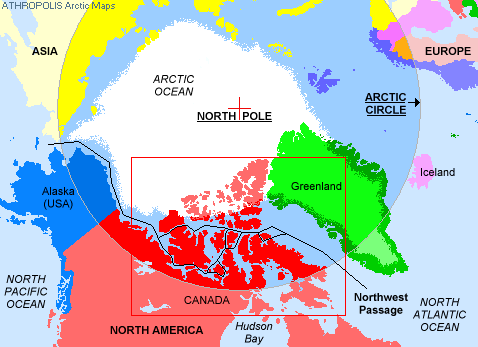As a final blog for this years northern environment class I thought it would be a good idea to go through my top 5 Presentations of the course and follow up with some of my likes and dislikes of presenting techniques.
... in no particular order....
1. Tourism in Churchill
 |
| http://www.bon-voyage.co.uk/ destinations/churchill_holidays/ |
Check out this great website on tourism in Churchill for more information! http://everythingchurchill.com/
2. Inuit Mythology & The Inuit Spirit
These two presentations both touched on different areas of the same subject. What I felt really caught my interest was the use of storytelling in both presentations that really helped to catch our attention. I enjoyed the comparisons to Christianity and the ability to look beyond what it had changed into and to understand why things have changes over the time. I do believe Ill forever be afraid of Mahaha, who will tickle me to death with a large grinning smile on his face.
3. Northern Towns
We had a couple opportunities to look at more remore Northern North American towns from Rebecca and Paxton. I thought this was a great way to experience and learn about towns we normally wouldn't take a glance at. I've learnt through many of my travels that these remote locations can often host some of the most genuine, interesting people and create some of the most memorable experiences to a traveler. I was proud to hear about places like Pond Inlet that are doing their best to adopt with the modern world and finding ways to overcome their new found difficulties.
4. Grey Wolves, Tourism and Zoo's
 |
| http://travelmanitoba.com/default.asp?page=200690 |
Another aspect that gave her a great presentation was the thought provoking replies and discussion that sprouted from her presentation. Everyone had something to say about animals in zoo's after her presentation.
5. Invertebrates
Jessica reminded us not to forget our smallest living creates up North. She was very successful with the use of humor and a well researched topic to introduce us to the most common and diverse biodiversity in the arctic. She told the class about a subject that no one really knew anything about, and had us all leaving the room wanting to learn more.
Best and Worst Techniques
| http://wallpaperswide.com/dreamcatcher-wallpapers.html |
Some of the worst presentations in this class were mostly due to laziness. Creating excuses is the worst way to begin a presentation, I don't want to hear about how you stayed up till 5 o'clock last night getting everything ready, you should have had it done before hand. We all knew starting the presentations that we would have active learning exercises. I'm a little disappointed that I went first and took the quiz idea. There wasn't too much deviation for most learning exercises, and I don't think the active learning really helped anyone but created more awkward situations. The last thing I'll tell you about that I didn't like about the presentations was the weeks topics. We went through at the beginning of the class and chose different themes for the weeks, and for the most part these themes were ignored. This became pretty annoying after we learned about different animals week after week.
To end on a positive note, I feel like everyone in the class enjoyed the atmosphere in which we were all learning. I feel like this is one of the classes that most people take a little more pride into, and can learn in a different way. It has also taken my interest in doing more presentations. It would be interesting to use the skills that I've learnt in this course and apply them in different situations.
Thanks for reading my blogs! Hope you enjoyed them.
- Ben















